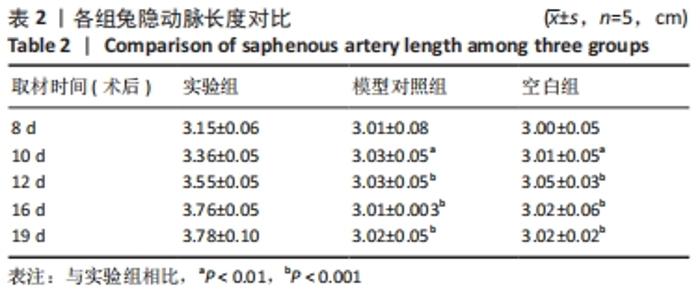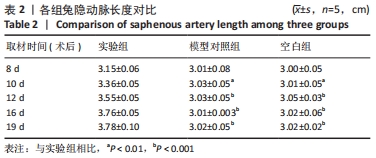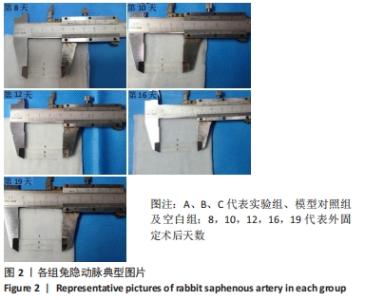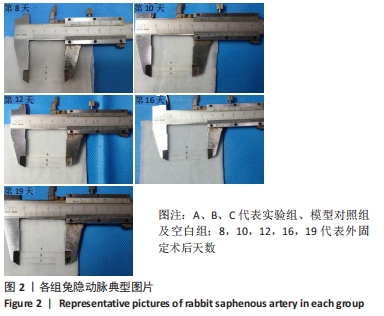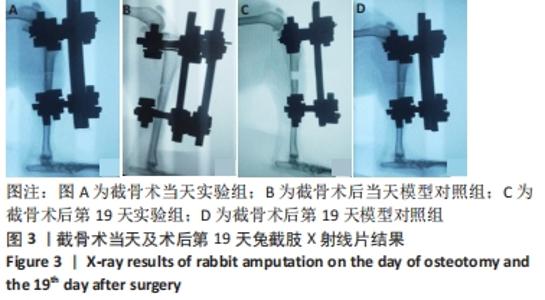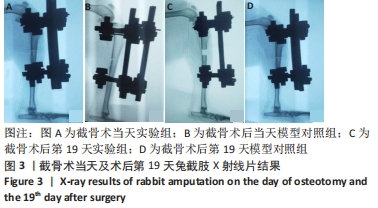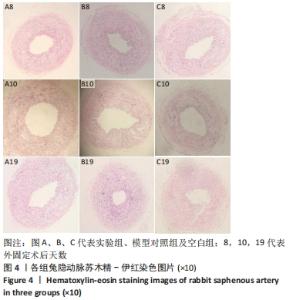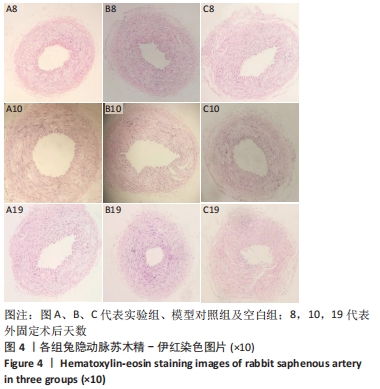[1] 刘庆军, 陈卫, 黄国锋, 等.我国创伤骨科发展现状[J]. 中国骨与关节损伤杂志,2021,36(10):1117-1120.
[2] 秦泗河, 臧建成. 肢体延长的起源、理论突破与技术进展[J]. 中华骨科杂志,2020,40(11):749-754.
[3] ILIZAROV GA. The tension-stress effect on the genesis and growth of tissues. Part I. The influence of stability of fixation and soft-tissue preservation. Clin Orthop Relat Res. 1989;238:249-281.
[4] ILIZAROV GA. The tension-stress effect on the genesis and growth of tissues: Part II. The influence of the rate and frequency of distraction. Clin Orthop Relat Res. 1989;239:263-285.
[5] SHEVTSOV VI, SHCHUROV VA, BUNOV VS, et al. Effect of Ilizarov tibial lengthening on limb blood flow. Ross Fiziol Zh Im I M Sechenova. 2002; 88(4):476-484.
[6] SHYU KG. Cellular and molecular effects of mechanical stretch on vascular cells and cardiac myocytes. Clin Sci. 2009;116(5):377-389.
[7] 秦泗河. Ilizarov技术推动外固定肢体重建发展[J]. 骨科,2021,12(3):193-194.
[8] 杨兵, 何忠. Ilizarov技术治疗骨不连的研究进展[J].生物骨科材料与临床研究,2021,18(2):72-75.
[9] 刘增运, 任志勇, 汤丽国, 等. bFGF转染骨髓间充质干细胞移植对新生骨成熟过程的生物力学影响—兔胫骨延长模型研究[J]. 实用手外科杂志,2020,34(3):338-340.
[10] 孙丙银, 朱洁英, 熊建尉, 等. 牵张成骨模型兔的建立与评估[J].中国组织工程研究,2017,21(16):2576-2581.
[11] 车志刚. 脱钙脱细胞皮质骨基质修复颅骨缺损实验研究[D]. 南宁:广西医科大学,2019.
[12] 彭荟桢, 蔡明详, 刘湘宁. 骨修复过程中的血管生成调控:新思路与新方法[J]. 中国组织工程研究,2022,26(15):2400-2405.
[13] 范宾, 高顺红, 胡宏宇, 等. 隐动脉穿支皮瓣修复膝前软组织缺损髌骨外露[J].中华整形外科杂志,2021,37(6):652-655.
[14] ALZAHRANI MM, ANAM E, ALQAHTANI SM, et al. Strategies of enhancing bone regenerate formation in distraction osteogenesis. Connect Tissue Res. 2018;59(1):1-11.
[15] KAWAMURA B, HOSONO S, TAKAHASHI T. The principles and technique of limb lengthening. Int Orthop. 1981;5(2):69-83.
[16] 曾祥伟, 蒋卫平, 韦冰丹, 等. 干骺端潜行截骨延长288例[J]. 临床骨科杂志,2002,5(1):24-26.
[17] 王爱民, 李起鸿. 羊胫骨干骺端截骨不同速度延长对神经、血管及骨骼肌的影响 [J]. 中华实验外科杂志, 1991,8(3):131-132.
[18] 吴守义, 汪启筹, 杨根兴, 等. 胫骨延长术25例报告[J]. 中华外科杂志, 1981,19(1):19-22.
[19] 高质钢, 李起鸿. 不同延长速度对延长肢局部血流量及骨愈合的影响[J]. 中华骨科杂志,1997,17(8):510-513.
[20] 赵志明. 火棉胶断层切片观察兔肢体延长矿化期组织形态变化[D]. 天津:天津医科大学,2010.
[21] 钟小奕, 陈文霞. 血管再生研究进展及其应用[J]. 国际口腔医学杂志, 2009,36(2):13-185.
[22] 冯源, 韩志琪, 周诺. 内皮祖细胞促进血管发生及新骨生成辅助治疗骨缺损[J]. 中国组织工程研究,2020,24(25):4046-4053.
[23] Percival CJ, Richtsmeier JT. Angiogenesis and intramembranous osteogenesis. Dev Dyn. 2013;242(8):909-922.
[24] 李刚, 秦泗河. 牵拉成骨技术的基础研究进展与带给骨科的启示 [J]. 中华外科杂志,2005,43(8):540-543.
[25] 秦泗河, 郭保逢, 焦绍锋. 牵拉组织再生与微循环重建术[C]. 第三届全国中西医结合骨科微创学术交流会论文集,2013:46-49.
[26] SHYU KG. Cellular and molecular effects of mechanical stretch on vascular cells and cardiac myocytes. Clin Sci (Lond). 2009;116(5):377-389.
[27] 李旭, 陈依民, 王鼎予, 等. 骨血管形成机制及功能的研究进展[J]. 解剖学报,2019,50(5):703-706.
[28] 胡灏, 王任先, 万奔, 等. 骨发育及损伤修复过程中骨形成与血管形成的偶联作用[J]. 中国骨与关节杂志,2021,10(11):871-876.
[29] EMING SA, HAMMERSCHMIDT M, KRIEG T, et al. Interrelation of immunity and tissue repair or regeneration. Semin Cell Dev Biol. 2009;20(5): 517-527.
[30] 朱方强, 陈民佳, 朱明, 等. 炎症与组织再生修复[J]. 中华损伤与修复杂志(电子版), 2017,12(1):72-76.
[31] 谭倩, 赵鑫, 陈贝,等. 生长因子在创面愈合中的作用研究进展[J]. 山东医药,2019,59(4):106-110.
|
